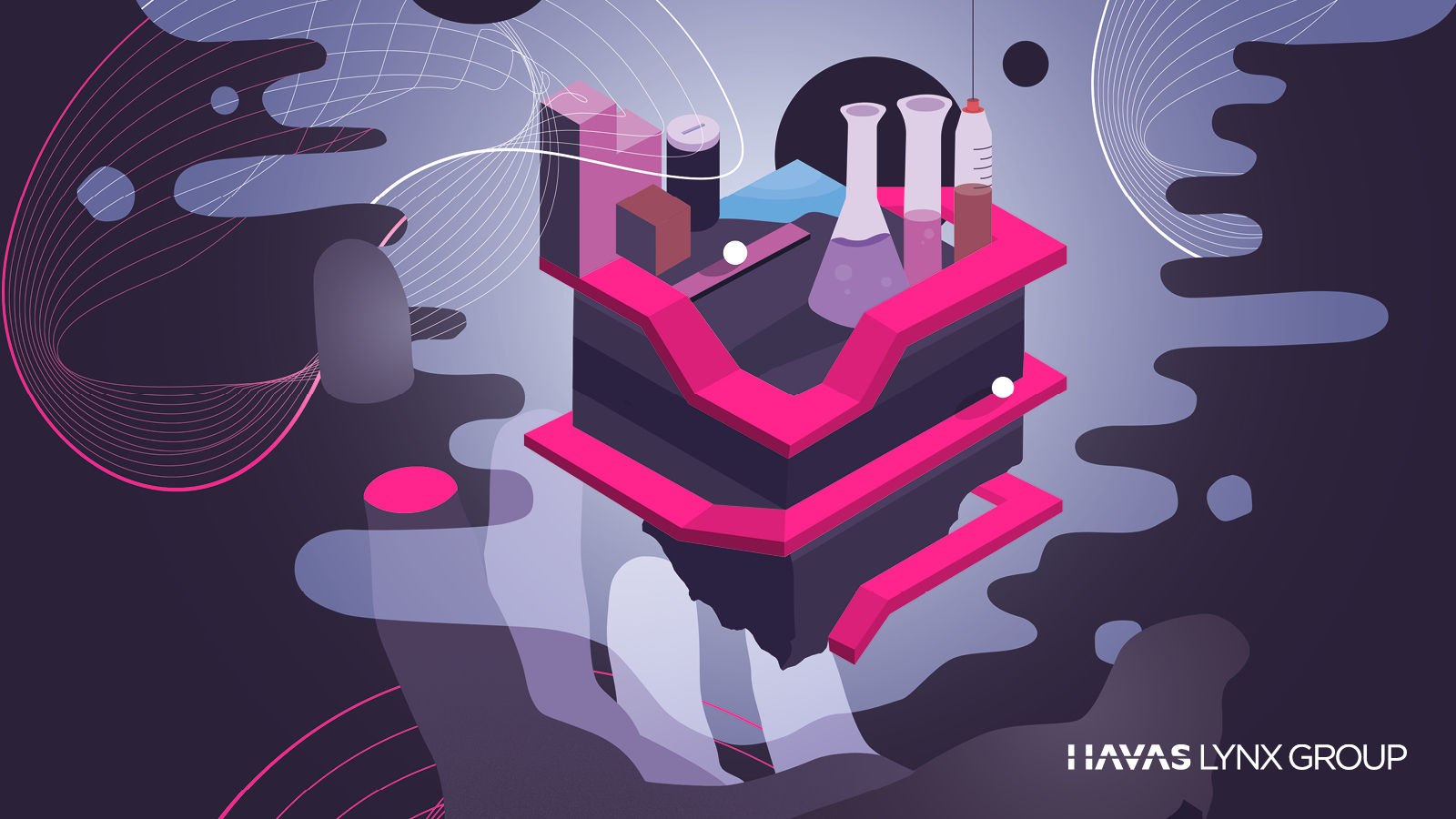21st November 2019
BlogDr. Vernon Bainton is Chief Medical Officer at the Havas Lynx Group. In this blog, he discusses the power of science and medicine and how bringing the right people together to collaborate and share ideas, can ultimately improve the chance of life-saving discoveries and scientific breakthroughs.
Science is a massive and sometimes daunting subject, not least because it’s basically about everything. And in a sense, it can be considered inquisitiveness in action. Our drive and the fundamental need to understand the Universe, and our place in it, compel us to explore all aspects from the subatomic to the interstellar; to dive into an ever more complex and fracturing mosaic of different specialties and sub-specialties; to investigate those ‘… ologies’ we are so very fond of.
We look at things and wonder. We make hypotheses and find measurable, replicable, and reliable ways to experiment, test, and observe. Gathering pieces of evidence and clues to answer all those questions. Why, what, how? Forever curious. And in Life Sciences, we apply our skills and expertise to understanding life and conversely how to fix it when it goes wrong. To do that, we do have to face life in all its glory, and also all it’s gore, and tackle the most difficult topics with objective clear-headedness and attention, yet human care, empathy, and respect.
By breaking down complex healthcare challenges and painstakingly piecing together the evidence, we stitch this tapestry back together into understandable patterns and connected systems; the governing rules interlinking and working together within our bodies, applicable in countless new ways to save lives and help alleviate illness and suffering.
To do this, we use our scientific and medical principles – some well-honed techniques, tools, and guardrails we always keep refining – to rigorously examine different facets of this complexity; a task itself made even more confusing by our own innate human biases and attitudes muddying and churning up the water, which we must filter out if we are to see clearly and achieve actionable, practical results.
By its very definition, it necessitates creativity, to be able to ask the right questions, extrapolating and combining results in different ways to better solve these problems. We just apply some process here and there, so we can all repeat it and improve upon our learnings, progressing
in unison. And essential to that is translating what it all means. All those technical facts and figures, biomedical processes, and nerdy complex disease stuff need explaining and humanising, because each of those data points is a real person.
Yet, the real magic and alchemy of science and medicine – the rare happenstance incredible discoveries, life-saving and enhancing breakthroughs that accelerate us, leaping us forward – can so often come about from what seems like good luck. But it’s mostly a combination of long years of persistent experimentation and a little dash of chaos. We know that getting the right people together, sharing and connecting, and working collaboratively with the right tools, we can foster environments that increase the chance of those sparks happening and catching hold; those random, chaotic awesome moments in life that we call serendipity.
Because ultimately these cycles of exploration, learning, and problem-solving will always continue. Through better understanding, we can best nurture life, which, after all, is such a very precious and ephemeral thing of wonder and beauty.
We are the curious, the quirky, and the open-minded, and we welcome kindred spirits.
